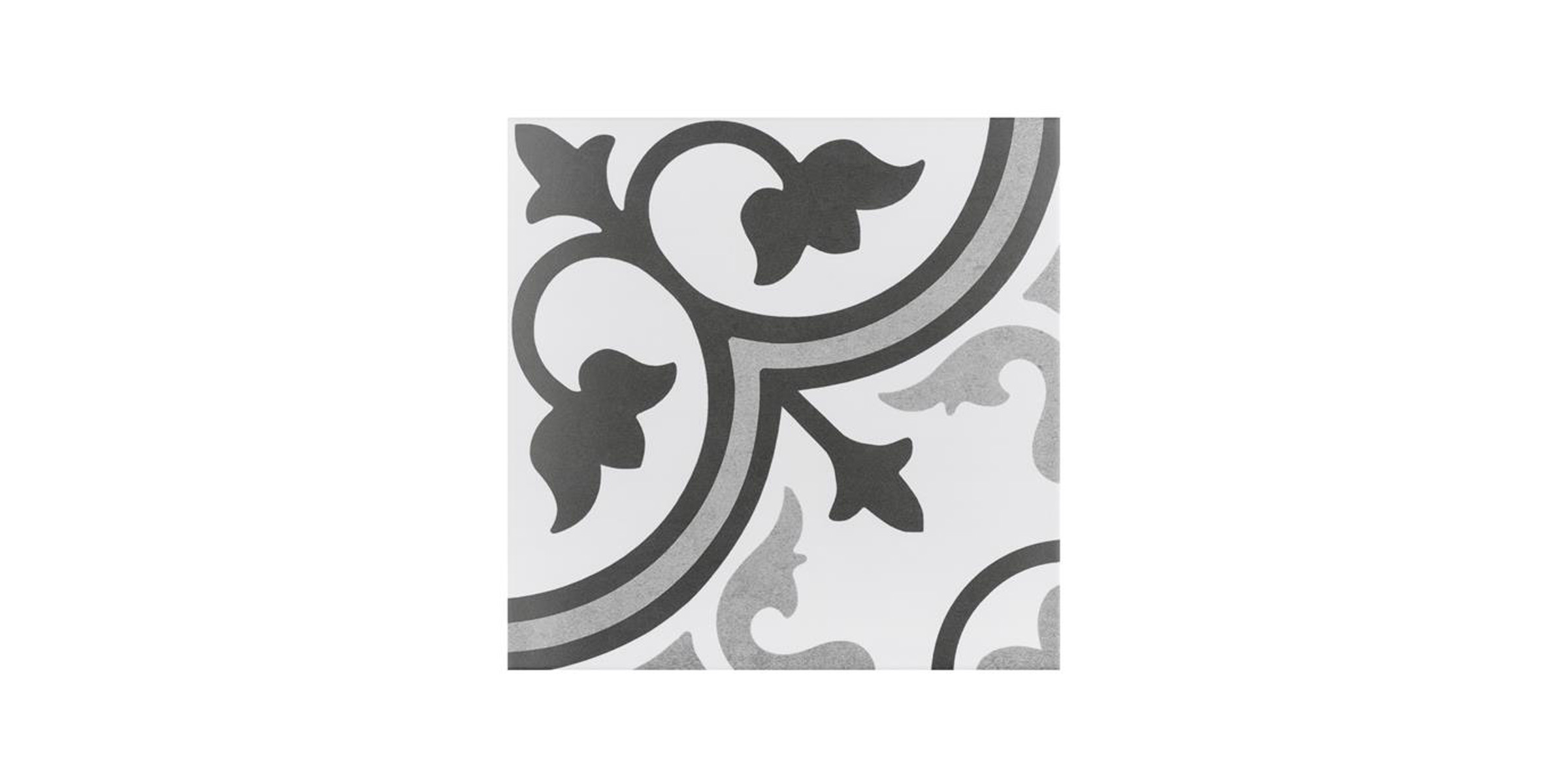Why is 50% tile pattern not recommended? When it comes to tiling a floor or a wall, the 50% tile pattern, also known as the brick or running bond pattern, is a popular choice due to its classic and timeless appeal. This pattern involves offsetting each row of tiles by half the width of a tile, creating a staggered effect similar to brickwork. However, despite its widespread use, experts often advise against using this pattern, especially with larger tiles. In this blog post, we’ll explore the reasons why the 50% tile pattern is not recommended and what alternatives you might consider.
1. Lippage Issues: Uneven Tile Surfaces
Lippage is the term used to describe the height difference between adjacent tiles. The larger the tile, the more pronounced this issue becomes. Most ceramic and porcelain tiles have a slight bow or curvature due to the manufacturing process. When these slightly curved tiles are offset by 50%, the highest point of one tile meets the lowest point of another, amplifying the unevenness and creating a trip hazard and an unprofessional look. Even a slight variation in height can catch light differently, making the floor look less smooth and finished.
2. Manufacturing Tolerances: Not All Tiles Are Perfect
No tile is perfectly flat. Tile manufacturers have acceptable tolerances for warping or bowing, especially with larger format tiles (12×24 inches and above). The 50% offset pattern exposes these imperfections the most. In fact, many manufacturers explicitly recommend avoiding a 50% offset with tiles longer than 15 inches, suggesting a maximum offset of 33% instead to minimize lippage.
3. Grout Joint Challenges: Wider Joints Needed
To counteract lippage, installers may need to use wider grout joints, which can detract from the sleek, modern look most people want. Wider joints also mean more maintenance and cleaning in the long run. On the other hand, a more uniform pattern allows for tighter grout lines, which look cleaner and require less upkeep.
4. Aesthetic Concerns: Visual Imbalance
The 50% pattern can create a noticeable “step” effect that can dominate the room’s appearance, especially with large or rectangular tiles. The eye is naturally drawn to these staggered lines, which can disrupt the flow of the space. For smaller spaces or areas with lots of light, this pattern can make the floor look busier and less harmonious.
5. Compliance with Industry Standards
The Tile Council of North America (TCNA) recommends avoiding a 50% offset with large-format tiles due to the risk of lippage. Many tile manufacturers follow these guidelines, and ignoring them can void warranties or lead to disputes if issues arise after installation.
Recommended Alternatives to the 50% Pattern
To reduce the risk of lippage and create a more balanced look, consider these alternatives:
-
33% Offset Pattern: Shifting tiles by one-third of their length instead of half can significantly minimize lippage while maintaining a staggered appearance.
-
Grid Pattern: Aligning tiles in a straight grid offers a clean and modern look, eliminating offset-related issues entirely.
-
Herringbone or Chevron: These patterns distribute potential lippage more evenly and add a dynamic element to the design.
-
Random Offset: A less structured approach that avoids consistent alignment, reducing the emphasis on any minor lippage that may occur.
Conclusion
So why is 50% tile pattern not recommended? While the 50% tile pattern may seem like a simple and appealing choice, its potential pitfalls make it a less-than-ideal option, especially with larger tiles. Considering alternatives like the 33% offset or grid patterns can help you achieve a flawless, professional finish. By understanding the limitations and recommendations for tile patterns, you can ensure a beautiful and durable installation that stands the test of time.

